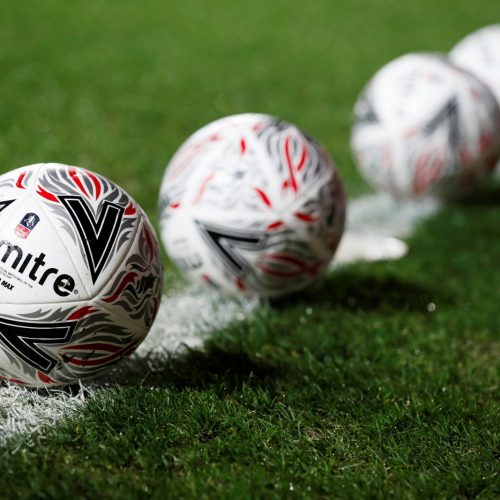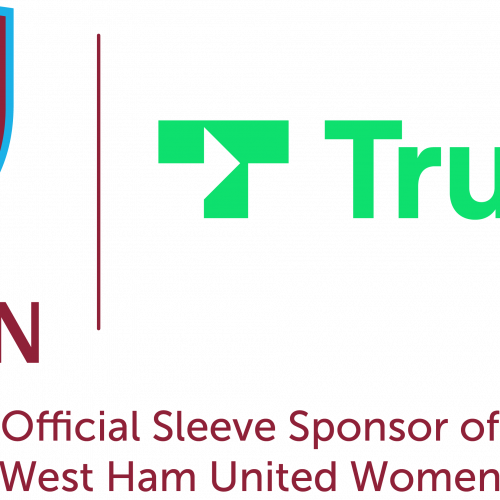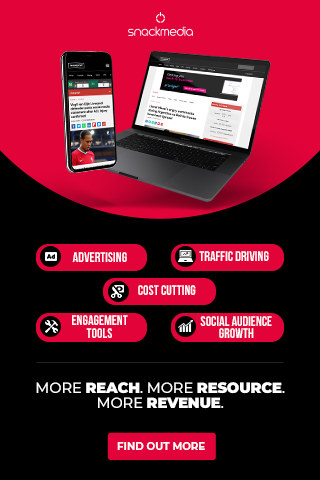Goal’s Women’s World Cup data shows there’s a growing online audience for women’s football
The 2019 Women’s World Cup is over, and the warm glow is fading, but there is still a healthy appetite for growing the women’s game.
The question now is centred around the strategies needed to do just that. From filling stadiums to bringing in sponsors. But arguably one of the most important roles in all of this will be that of the publishers whose job it will be to cover the sport, serving content and news to fans.
It’s important for the sport that fans get a glimpse of the players. The much-mentioned ‘soap opera’ that follows the Premier League around means fans get to know the protagonist characters through their contact with the media and or their social media personalities; they get to know storylines, and where there may be drama in the upcoming fixtures.
Over the World Cup, the viewing figures for the BBC and beyond showed there was an appetite for the live games, but of course this is tempered by the fact that it was a World Cup – where it’s easy to feel an emotional connection to a team. When the clubs come back to the screen in September, there won’t be the same sense of unity of purpose. And indeed, if you’re a fan of a club outside of the top six in the Premier League, the chances are you won’t have a women’s team to support – or at least not in the Women’s Super League.
Yet despite all this, it’s clear that the success of women’s football this summer is not just down to the pull of a World Cup and the fact it was shown on free-to-air TV. Global publisher Goal saw more than 4m fans come to the website for Women’s World Cup content over the summer, generating more than 10m page views.
Some of the most popular were the topics you’d expect given the storyline of the World Cup. Six of the top ten most-read articles were focused on the US team, including two pieces on Megan Rapinoe’s feud with Donald Trump, the infamous celebrations of the US players for goals 11, 12 and 13 of their drubbing of Thailand and Rapinoe’s comment that you ‘can’t win without gays’.
Those most-read pieces over the World Cup show that women’s football has an audience, and crucially that there’s an audience even within Goal’s existing readership: that women’s football and men’s football can both share the same fans. The more women’s football is covered in the media, the more people will become aware of those personalities and storylines it produces, which in turn creates fans who follow it every week.
James Dickens, Goal’s Global Editor-in-chief said, “Looking at the most-read list it’s clear that the themes of player earnings and controversy result in traffic, whether that’s related to VAR or tea-drinking celebrations. While this shouldn’t be a surprise, there was a time when stories like these from the women’s game would struggle for attention.”

What the World Cup showed was that if it is given the platform to engage with people, women’s football can create some seriously juicy headlines and has clearly also generated an interest. Of course, not every player will set the media talking like Megan Rapinoe but this is also true in the men’s game, where some players are similarly outspoken and others shy away from the limelight.
So we’re back to the question of what comes next. We know there’s interest and we know there’s a desire from the industry to see it succeed. There’s also ample evidence to suggest that the brands who are getting involved in ever-increasing numbers are doing so because they see some sort of return on investment for their efforts – either directly or indirectly in the future.
Media coverage will be a key component of that in the coming weeks and months. Especially as it has already been more than two weeks since the final of the World Cup, and while women’s football is not totally gone from the agenda, it has certainly faded. That’s to be expected, but it’s also a reminder that a successful World Cup was never going to be the end point. Instead, this is just the start of a long road to get the women’s game onto the level it should be on.
“For Goal we’re not going to take our foot off the gas,” said Dickens, “we’re going to push harder and increase our coverage on the women’s game through domestic and international competitions. We want to be in a position whereby come 2023 fans already recognise the players, are invested in the women’s game and know that they can get trust Goal to bring them the biggest stories.”
This won’t be about quick wins, but rather doing things properly and growing interest in women’s football will require hard work from the publishers who have helped make the men’s game so big.
The next Digital Sport London event will take place at Lord’s Cricket Ground on September 9th. We’ll be talking about the future of cricket with Owen Hughes, Nissan; Chris Hurst, ex-BBC and ICC; and Andy Muggleton, MCC.
Get your Early Bird ticket discount below!
About author
You might also like
Leeds United become first football club to sell official jerseys on TikTok
Leeds United is the first football club in the world to partner with TikTok to sell official merchandise and replica jerseys. Coinciding with the release of the new rhapsody purple,
Lewes FC Appoints Sue Anstiss To Its Board Of Directors
The Lewes FC Board is delighted to announce that it has co-opted Sue Anstiss as a Lewes FC Director. Sue has been a driving force for equality in sport for
Trustly extends partnership to become West Ham United Women’s Sleeve Partner
West Ham United is pleased to announce that Trustly has enhanced its relationship with the Club by becoming the Women’s Sleeve Partner. Trustly, the leading global account-to-account payments platform, became








